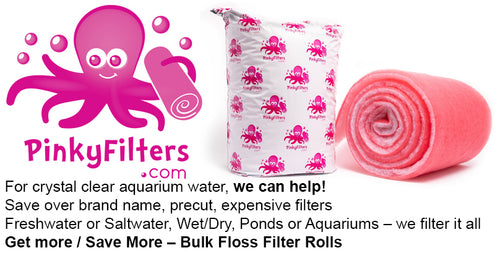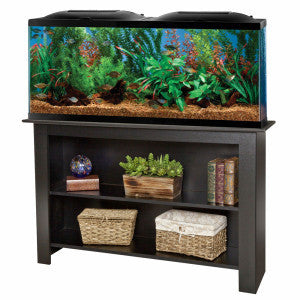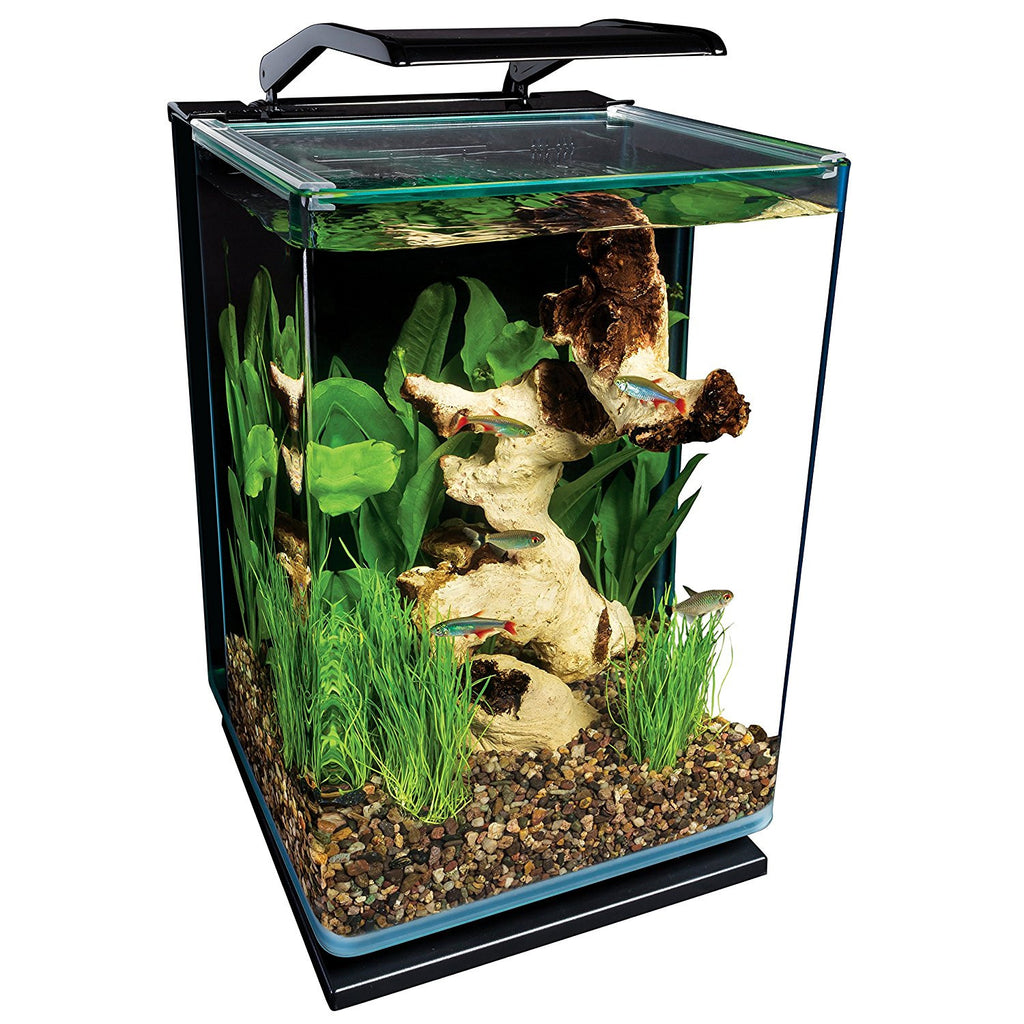Fifty-Five Gallon Fresh Water Aquariums
Fifty-Five Gallon Fresh Water Aquariums
A fifty-five-gallon freshwater aquarium is a good choice when purchasing a new tank, if nothing else, simply because of its size. These tanks are large enough to accommodate a variety of fish, but still small enough to keep in tight spaces in the home or office. Your local retailer can assist you with specifics in purchasing, but here are some suggestions for the basics. Purchase an acrylic tank, because they are lighter in weight and easier to care for than glass aquariums. Also, the visibility is better in an acrylic tank. If you don't already have a stand or a suitable replacement, keep in mind that you will need to purchase one. You will need a heater for temperature control, and a thermometer for checking the water temperature. It will take approximately five bags of rock or another substrate to line the bottom of the tank. Choose a bright color to add some interest to the aquarium.
Filters for Fifty-Five Gallon Fresh Water Aquariums
 In addition, you will need to purchase a filter for the tank. Filters can be complicated. Do a lot a research to find out what type of filter is suggested for the fish that you choose. There are filters that go beneath the substrate in the bottom of the tank, as well as filters that attach to the side of the aquarium. They also vary greatly in price. It is not necessary to buy the most expensive filter when setting up a basic freshwater aquarium. The best part is that you can also save money on using the Pinky Filter Media in any filter that you Purchase.
In addition, you will need to purchase a filter for the tank. Filters can be complicated. Do a lot a research to find out what type of filter is suggested for the fish that you choose. There are filters that go beneath the substrate in the bottom of the tank, as well as filters that attach to the side of the aquarium. They also vary greatly in price. It is not necessary to buy the most expensive filter when setting up a basic freshwater aquarium. The best part is that you can also save money on using the Pinky Filter Media in any filter that you Purchase.
The aquarium will also need lighting. Again, based on personal preference you can keep it simple or get very technical. Most fish will respond nicely to a basic light that is simply turned on for a few hours each day. An aquarium should contain some form of plants for added interest. The plants serve a place for the fish to seek refuge and feel safe. There are many varieties of freshwater plants that would work nicely in a fifty-five-gallon aquarium. Just be sure to purchase an aquatic specific species. If you don't want the hassle of live plants, plastic is always an option. They have come along way with synthetic plants. In most cases the fish may not even notice the difference, unless of course they try to eat them.
Once your tank is established and you are ready to add fish, choose your fish carefully. Start with hardy fish, such as live bearers, gouramis, barbs, and danios. These fish are hardy enough to handle higher nitrate levels in the tank. Allow about thirty days for these fish to become acclimated to the tank, before adding any new fish. It usually takes about thirty days for the symptoms of ich or other fish illnesses to show up. It is important to make sure that all existing fish are healthy before adding any new species. The transportation of new fish itself is stressful enough, without having to add disease to the situation. When purchasing fish, it is important to remember that a fifty-five-gallon aquarium can handle about fifteen to twenty small fish total. This will allow plenty of growth room for the fish.



 It is important to set up and run an aquarium before any fish are introduced into the environment. Wash the tank and any substrate and decorations thoroughly with water. Don't use any soap. Fill the tank with de-chlorinated water and attach filters and lighting. Allow the tank to cycle until the water is no longer cloudy and sufficient P.H and water temperatures have been established.
It is important to set up and run an aquarium before any fish are introduced into the environment. Wash the tank and any substrate and decorations thoroughly with water. Don't use any soap. Fill the tank with de-chlorinated water and attach filters and lighting. Allow the tank to cycle until the water is no longer cloudy and sufficient P.H and water temperatures have been established. 



 Aquariums drastically changed in the 1960's with the invention of silicone adhesive. Metal frames became obsolete and more people started to keep salt water fish and invertebrates. More recently glass tanks have become less frequently used due to the flexibility of acrylic. Literally flexibility! Acrylic aquariums are far more for forgiving than there glass counterparts. If a heavy object strikes a glass tank, it will almost certainly break. The flexibility of an acrylic tank will prevent this catastrophe from happening. In addition, acrylic offers more flexibility in design than glass. Acrylic aquariums have been made into everything from coffee tables to gum ball machines.
Aquariums drastically changed in the 1960's with the invention of silicone adhesive. Metal frames became obsolete and more people started to keep salt water fish and invertebrates. More recently glass tanks have become less frequently used due to the flexibility of acrylic. Literally flexibility! Acrylic aquariums are far more for forgiving than there glass counterparts. If a heavy object strikes a glass tank, it will almost certainly break. The flexibility of an acrylic tank will prevent this catastrophe from happening. In addition, acrylic offers more flexibility in design than glass. Acrylic aquariums have been made into everything from coffee tables to gum ball machines.